Build a C# PDF Summarizer with OpenAI (Free Tier)
Brainstorming: File System Watcher and Long Polling for PDF Summarizer Let's explore how we can combine a File System Watcher with Long Polling in the context of our C# PDF summarizer. The goal here is to create a more reactive and potentially less resource-intensive way to handle new PDF files being added for summarization. The Core Problem: A standard File System Watcher can notify us immediately when a new PDF file is created in a monitored directory. However, we might want to decouple the immediate notification from the actual summarization process, perhaps to manage resource usage or to allow a separate service to handle the summarization. Long Polling can play a role in how a client (e.g., a web UI or another application) gets notified that a new summary is available. Brainstorming Ideas & Approaches: 1. Local File System Watcher with Long Polling for Summary Availability: Workflow: File System Watcher (C# Service): A background C# service uses FileSystemWatcher to monitor a designated folder for new .pdf files. New PDF Detected: When a new PDF is detected, the service could: Immediately start the summarization process using the OpenAiHelper. Add the file path (or a unique identifier for the file) to a queue or a temporary storage (e.g., a dictionary or a simple database) indicating that it's being processed. Long Polling Endpoint (Web API): A separate Web API (could be ASP.NET Core) exposes an endpoint that clients can call to check for new summaries. Client Request (Long Poll): A client (e.g., a web page) makes an asynchronous HTTP request to this endpoint. The server holds the connection open. Summary Completion: When the summarization for a newly added PDF is finished, the C# service updates the status of that file (e.g., marks it as "summarized" and stores the summary). It then notifies the long-polling endpoint. Server Response: The long-polling endpoint, upon notification, checks if there are any new summaries available for the requesting client (potentially based on a unique client ID or a general "new summary" flag). If a new summary exists, the server sends the summary (or a link to it) in the HTTP response and closes the connection. Client Re-request: The client, upon receiving the response, immediately makes a new long-polling request, starting the cycle again. Timeout: If no new summaries become available within a defined timeout period, the long-polling endpoint sends an empty or "no new data" response, and the client re-establishes the connection. Pros: Real-time (or near real-time) notification of summary availability to clients without constant polling. Decouples file detection and summarization from client notification. Potentially reduces server load compared to frequent short polling. Cons: More complex to implement due to managing asynchronous operations and connection states. Requires a separate Web API component. Need to handle potential connection interruptions and timeouts gracefully. 2. File System Watcher Triggers Summarization and Updates a Shared State for Polling: Workflow: File System Watcher (C# Service/Application): Monitors a folder for new PDFs. New PDF Detected: Triggers the summarization process directly. Shared State: The summarization service updates a shared state (e.g., a database table, a Redis cache, or even a JSON file) with the status of each PDF (e.g., "processing," "summarized," "failed") and the summary content once complete. Short Polling Client: A client application (could be the same or different) periodically polls this shared state to check for updates on the PDFs it's interested in. Pros: Simpler to implement than long polling. Doesn't require holding open HTTP connections. Cons: Not as real-time as long polling; the polling interval determines the delay in notification. Can put more load on the shared state if the polling interval is too short or the number of clients is high. 3. File System Watcher with a Message Queue (e.g., RabbitMQ, Kafka) and Separate Summary Service: Workflow: File System Watcher (C# Service): Detects new PDFs. Message Queue: When a new PDF is detected, the watcher publishes a message to a message queue containing the file path. Summary Service (Separate C# Service): A separate service (or multiple instances for scalability) consumes messages from the queue, retrieves the PDF, performs the summarization, and potentially stores the summary in a database or another storage. Client Notification (Various Options): Clients can be notified of new summaries through: WebSockets: A more persistent and bidirectional communication channel for real-time updates. Server-Sent Events (SSE): A unidirectional channel where the server can push updates to the client. Polling (short or long) of a status endpoint. Pros: Highly scalable and robust due to the message queue. Decouples file detection, summarization, and client not

Brainstorming: File System Watcher and Long Polling for PDF Summarizer
Let's explore how we can combine a File System Watcher with Long Polling in the context of our C# PDF summarizer. The goal here is to create a more reactive and potentially less resource-intensive way to handle new PDF files being added for summarization.
The Core Problem:
A standard File System Watcher can notify us immediately when a new PDF file is created in a monitored directory. However, we might want to decouple the immediate notification from the actual summarization process, perhaps to manage resource usage or to allow a separate service to handle the summarization. Long Polling can play a role in how a client (e.g., a web UI or another application) gets notified that a new summary is available.
Brainstorming Ideas & Approaches:
1. Local File System Watcher with Long Polling for Summary Availability:
-
Workflow:
- File System Watcher (C# Service): A background C# service uses
FileSystemWatcherto monitor a designated folder for new.pdffiles. - New PDF Detected: When a new PDF is detected, the service could:
- Immediately start the summarization process using the
OpenAiHelper. - Add the file path (or a unique identifier for the file) to a queue or a temporary storage (e.g., a dictionary or a simple database) indicating that it's being processed.
- Immediately start the summarization process using the
- Long Polling Endpoint (Web API): A separate Web API (could be ASP.NET Core) exposes an endpoint that clients can call to check for new summaries.
- Client Request (Long Poll): A client (e.g., a web page) makes an asynchronous HTTP request to this endpoint. The server holds the connection open.
- Summary Completion: When the summarization for a newly added PDF is finished, the C# service updates the status of that file (e.g., marks it as "summarized" and stores the summary). It then notifies the long-polling endpoint.
- Server Response: The long-polling endpoint, upon notification, checks if there are any new summaries available for the requesting client (potentially based on a unique client ID or a general "new summary" flag). If a new summary exists, the server sends the summary (or a link to it) in the HTTP response and closes the connection.
- Client Re-request: The client, upon receiving the response, immediately makes a new long-polling request, starting the cycle again.
- Timeout: If no new summaries become available within a defined timeout period, the long-polling endpoint sends an empty or "no new data" response, and the client re-establishes the connection.
- File System Watcher (C# Service): A background C# service uses
-
Pros:
- Real-time (or near real-time) notification of summary availability to clients without constant polling.
- Decouples file detection and summarization from client notification.
- Potentially reduces server load compared to frequent short polling.
-
Cons:
- More complex to implement due to managing asynchronous operations and connection states.
- Requires a separate Web API component.
- Need to handle potential connection interruptions and timeouts gracefully.
2. File System Watcher Triggers Summarization and Updates a Shared State for Polling:
-
Workflow:
- File System Watcher (C# Service/Application): Monitors a folder for new PDFs.
- New PDF Detected: Triggers the summarization process directly.
- Shared State: The summarization service updates a shared state (e.g., a database table, a Redis cache, or even a JSON file) with the status of each PDF (e.g., "processing," "summarized," "failed") and the summary content once complete.
- Short Polling Client: A client application (could be the same or different) periodically polls this shared state to check for updates on the PDFs it's interested in.
-
Pros:
- Simpler to implement than long polling.
- Doesn't require holding open HTTP connections.
-
Cons:
- Not as real-time as long polling; the polling interval determines the delay in notification.
- Can put more load on the shared state if the polling interval is too short or the number of clients is high.
3. File System Watcher with a Message Queue (e.g., RabbitMQ, Kafka) and Separate Summary Service:
-
Workflow:
- File System Watcher (C# Service): Detects new PDFs.
- Message Queue: When a new PDF is detected, the watcher publishes a message to a message queue containing the file path.
- Summary Service (Separate C# Service): A separate service (or multiple instances for scalability) consumes messages from the queue, retrieves the PDF, performs the summarization, and potentially stores the summary in a database or another storage.
- Client Notification (Various Options): Clients can be notified of new summaries through:
- WebSockets: A more persistent and bidirectional communication channel for real-time updates.
- Server-Sent Events (SSE): A unidirectional channel where the server can push updates to the client.
- Polling (short or long) of a status endpoint.
-
Pros:
- Highly scalable and robust due to the message queue.
- Decouples file detection, summarization, and client notification.
- Allows for independent scaling of the summarization service.
-
Cons:
- More complex infrastructure setup with the message queue.
Focusing on File System Watcher + Long Polling (Option 1) in more detail:
-
C# Service (Watcher/Summarizer):
- Use
FileSystemWatcherto listen forCreatedevents with a filter for.pdffiles. - Maintain a dictionary or similar structure to track the processing status of each file (e.g.,
- When a new PDF is detected, start an asynchronous task to:
- Extract text.
- Call the OpenAI API.
- Store the summary.
- Update the status in the tracking structure to "summarized" along with the summary content.
- Have a mechanism to signal the long-polling endpoint that a new summary is available. This could be a simple event or updating an in-memory flag.
- Use
-
ASP.NET Core Web API (Long Polling Endpoint):
- Create an API controller with an endpoint like
/api/summaries/wait. - This endpoint would accept a client identifier (optional, but useful for targeted notifications).
- When a client makes a request, the server would:
- Hold the request asynchronously.
- Wait for a signal from the summarization service that a new summary is available. This could involve using
TaskCompletionSourceor similar asynchronous primitives. - Periodically check if a new summary exists for the requesting client (or generally).
- If a new summary is found, return the summary (or a reference to it) in the response and complete the request.
- If a timeout occurs before a new summary is available, return a "no new data" status and close the connection.
- Create an API controller with an endpoint like
-
Client (e.g., Web Browser):
- Make an asynchronous
fetchorXMLHttpRequestto the long-polling endpoint. - When a response is received (either with data or a timeout), process the data (if any) and immediately make a new long-polling request.
- Display the new summary to the user.
- Make an asynchronous
Challenges with Long Polling:
- Scalability: Holding open many connections can be resource-intensive on the server if not handled efficiently (e.g., using asynchronous I/O).
- Timeouts: Network issues and server load can lead to premature connection closures, requiring careful client-side retry logic.
- State Management: Managing the state of pending long-polling requests can be complex.
Conclusion:
Combining a File System Watcher with Long Polling offers a way to react to new PDF files in near real-time and notify clients efficiently. However, it introduces complexity in managing asynchronous operations and server-client communication. Depending on the scale and requirements of your application, other approaches like short polling or using a message queue with WebSockets/SSE might be more suitable.
Consider the trade-offs between complexity, real-time requirements, and scalability when choosing your integration strategy.




















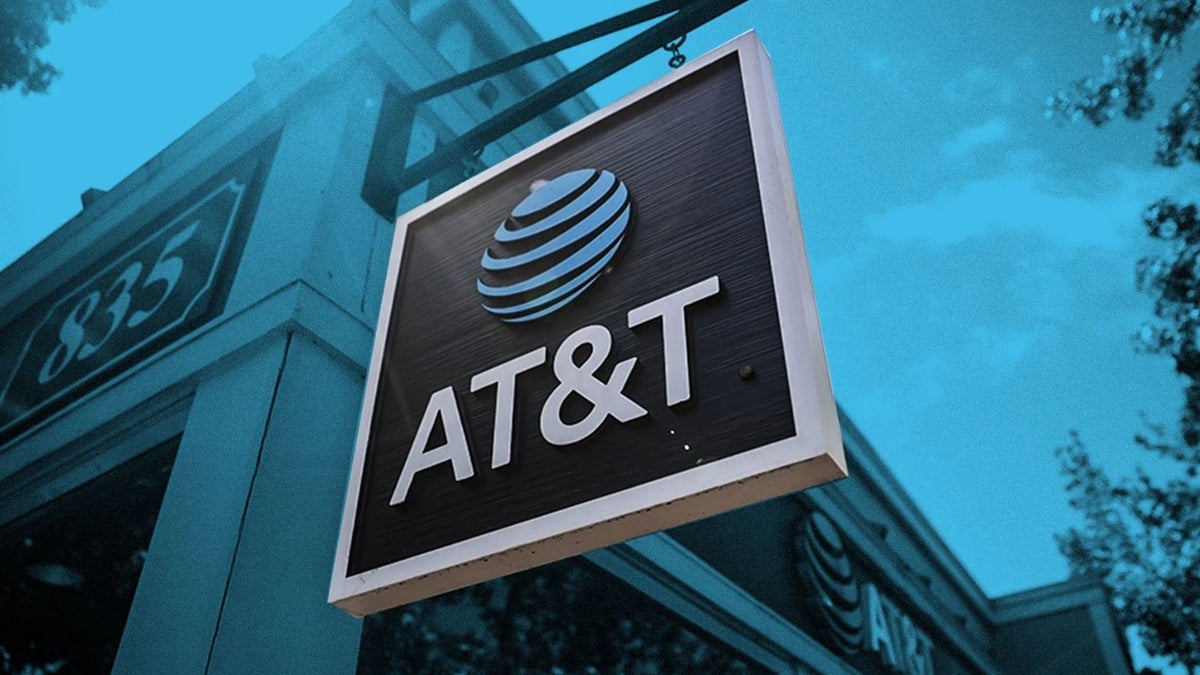
















































![M4 MacBook Air Drops to New All-Time Low of $912 [Deal]](https://www.iclarified.com/images/news/97108/97108/97108-640.jpg)
![New iPhone 17 Dummy Models Surface in Black and White [Images]](https://www.iclarified.com/images/news/97106/97106/97106-640.jpg)




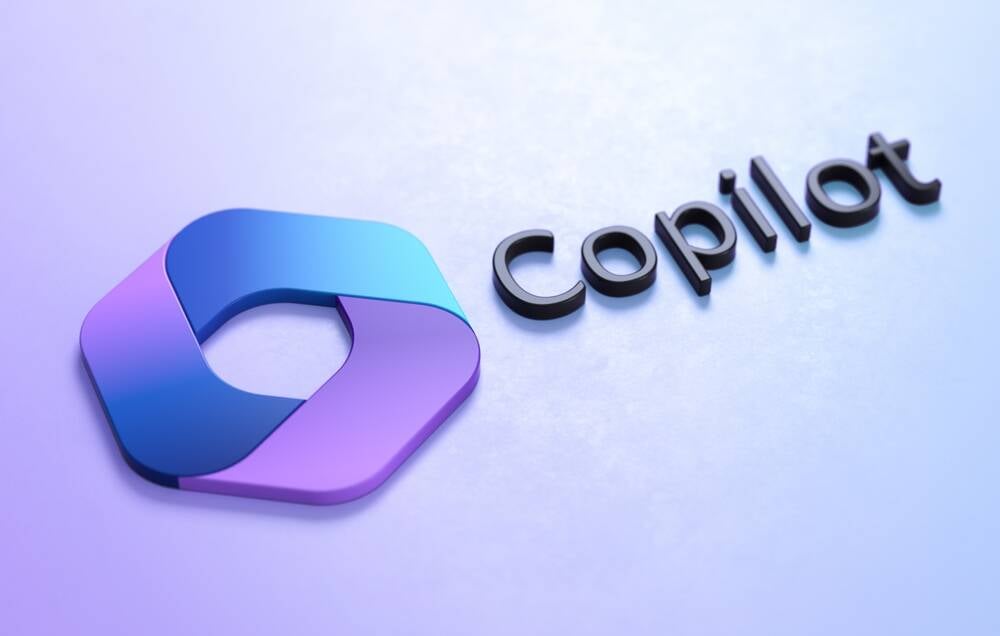
















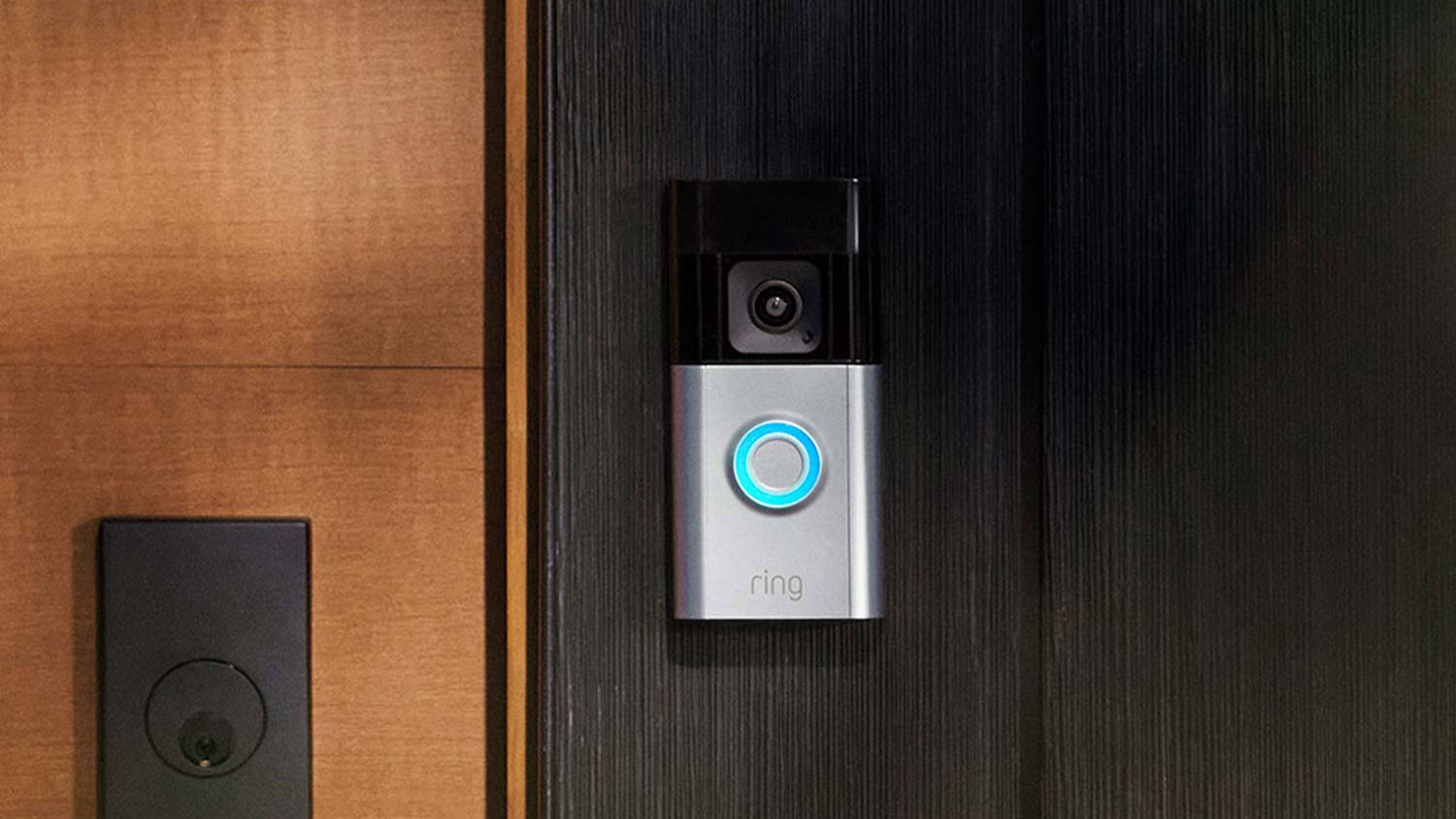





















































































_Olekcii_Mach_Alamy.jpg?width=1280&auto=webp&quality=80&disable=upscale#)






















































































![[The AI Show Episode 144]: ChatGPT’s New Memory, Shopify CEO’s Leaked “AI First” Memo, Google Cloud Next Releases, o3 and o4-mini Coming Soon & Llama 4’s Rocky Launch](https://www.marketingaiinstitute.com/hubfs/ep%20144%20cover.png)






























































































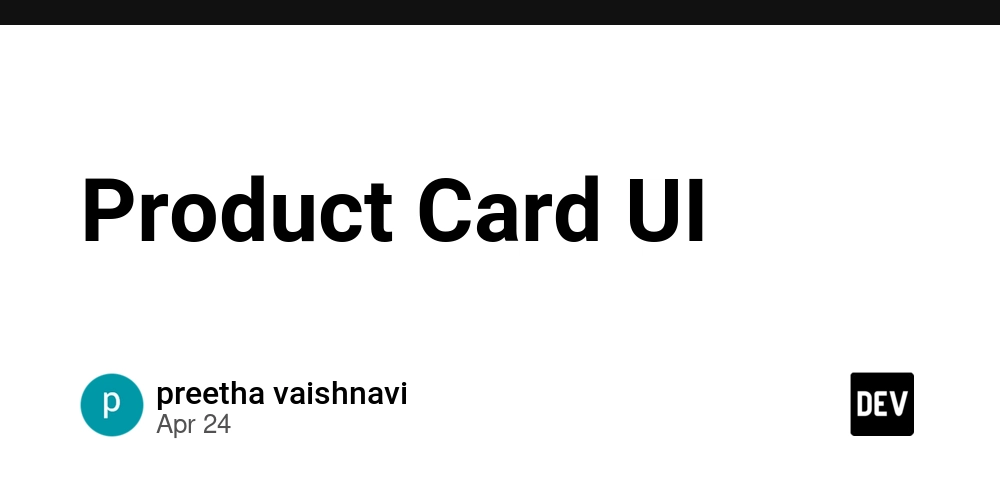
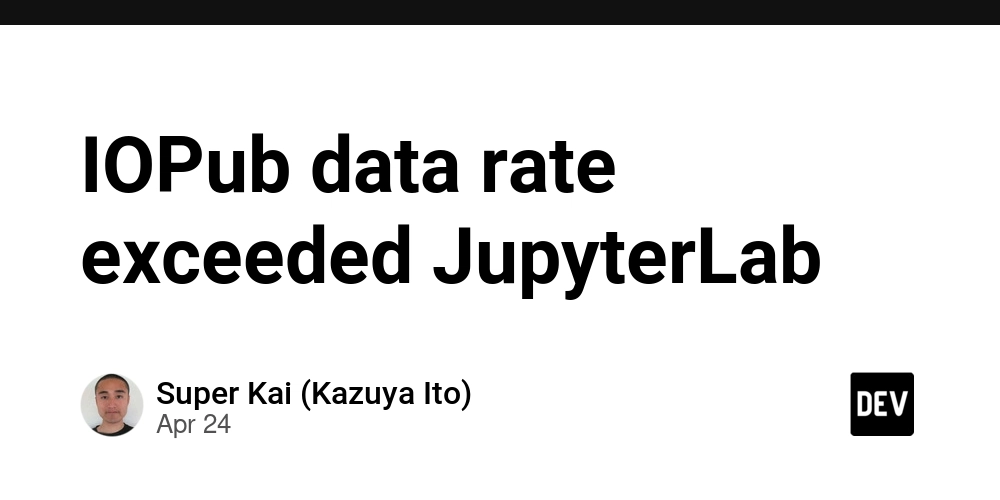























![Is This Programming Paradigm New? [closed]](https://miro.medium.com/v2/resize:fit:1200/format:webp/1*nKR2930riHA4VC7dLwIuxA.gif)















































-Classic-Nintendo-GameCube-games-are-coming-to-Nintendo-Switch-2!-00-00-13.png?width=1920&height=1920&fit=bounds&quality=70&format=jpg&auto=webp#)










.jpg?#)
























































